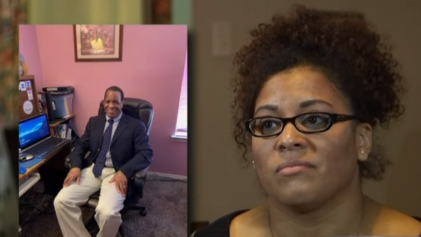Although youth homicide rates reached a 30-year low nationally in 2010, the rate for black youth is still far higher than for other groups, according to findings released by the Centers for Disease Control and Prevention.
The CDC found that in 2010, men and African-Americans were much more likely to be killed by another person than whites or Hispanics.
For the overall youth population, the homicide rate was 12.7 per 100,000 for males, while it was 13.2 percent for youth ages 20 to 24 years. But for black youth, the rate was 28.8 per 100,000.
“No matter what year we looked at, [these groups] always had the highest rate,” said Dr. Corinne Ferdon, the lead study author and a behavioral scientist with the CDC. “Their rates of homicide have gone down just like their peers, but what was seen is that their rates of decline are slower than their peers.”
In 2010, homicide ranked third below suicide and unintentional injury as the cause of untimely death among young people.
The CDC studied the homicide rates between 1981 and 2010. It found that from 1985 to 1993, when the inner cities were being overwhelmed by the crack epidemic, the homicide rate for young people spiked by 83 percent.
But the rate has been declining ever since — though that downward trend has been much slower in the past 10 years than it had been previously.
From 1994 to 1999, the overall homicide rate decreased 41 percent, or from 15.2 per 100,000 in 1994 to 8.9 per 100,000 in 1999. Since 2000, the homicide rate has been decreasing about 1 percent a year, down to 7.5 per 100,000 in 2010.
Proportionally, guns were responsible for more murders in the final period of the study—nearly 4,000 of the 4,800 young murder victims in 2010 were killed by firearms.
“This shows a growing need to focus on youth violence as a separate issue and focus specifically on the role played by firearms,” Josh Sugarmann, executive director of the Violence Policy Center, a nonprofit research and advocacy organization that studies gun violence, told Reuters.
But just three months ago, the U.S. Senate was unable to pass several gun control measures, including expanded background checks on gun purchasers and bans on assault weapons and high-capacity gun magazines, in the wake of the horrific murders of 20 first graders in Newtown, Conn.
“It’s absolutely good news that we’re seeing a decline and seeing a 30-year low, but this also shows us that we need to continue and increase our efforts,” Ferdon told Reuters. “We need to continue and re-energize some of the declines we’ve seen over time and expand research and the use of prevention practices.”


